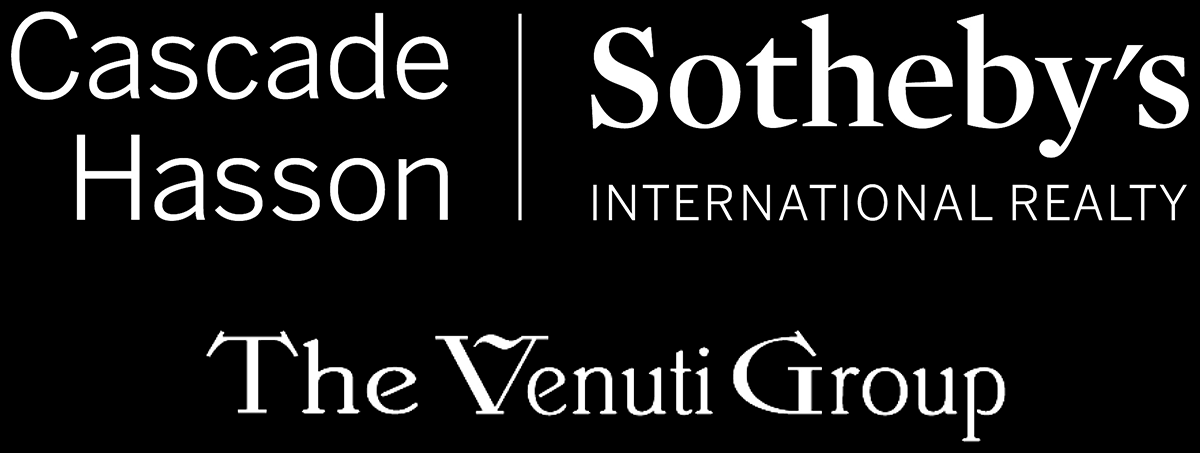Gold fever, wagon trains, Indian uprisings, epidemics and the settlement of a new frontier are all part of Jacksonville’s heritage. After a wild start as a gold rush town, our story began to quiet down as folks moved to the area to focus on agriculture, banking, and shop-keeping along with raising their families. You will see the names of many of our founders on the buildings in town, and it is in the stories of the people who built them that you will hear our history.
Jacksonville got its start as a gold rush town. Gold was first discovered at Rich Gulch in 1851. As the news spread the area was inundated by gold miners seeking their fortunes. Before then, the area was  populated by the Upland Takelmas native American tribe. They had previously had limited interactions with white people outside of the occasional trapper. The influx of white settlers caused increased friction and eventually the native populations were removed from the area.
populated by the Upland Takelmas native American tribe. They had previously had limited interactions with white people outside of the occasional trapper. The influx of white settlers caused increased friction and eventually the native populations were removed from the area.
Originally named Table Rock City because of the view of two mesa about 10 miles away, Jacksonville emerged from the mining campsites and thrived to become the county seat and the largest city in Oregon. Settlers coming west on wagon trains found the Rogue Valley to be a desirable place to establish land claims and earn a living as farmers and ranchers.
Among those drawn to the area was Peter Britt. His search of gold eventually gave way to a passion to chronicle the times through his talents as a photographer. Fortunately for us, the lives, the landscapes and the legends of the day were captured through his lens. His former estate is now home to the Britt Festival– a summer long concert series, including 3-weekend Classical Festival.
Ways to Explore the Past:

